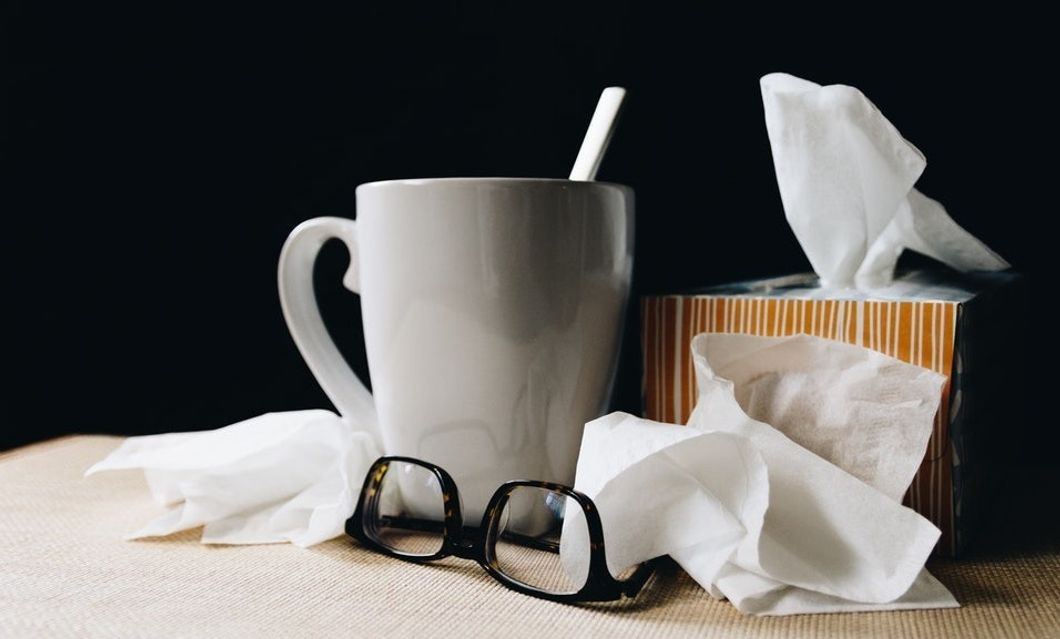While other countries are struggling to provide their patients with enough opiates for cancer and chronic pain patients, the US is having the opposite problem. Though the US makes up less than 5 percent of the world’s population, it consumes close to 80 percent of the world’s Opiate supply.
The International Narcotics Control Board monitors the enforcement of restrictions on Narcotics, yet while the US appears to be overflowing with Opioids and drug overdoses, other countries appear to be struggling to give their patients the bare necessities of medicinal care.
Countries in Asia, Africa, and Latin America must make do with what they have, meaning that when they don’t have the necessary Opioids to distribute to those who are truly in pain, those patients end up receiving something such as Acetaminophen, known better by its brand name Tylenol, for conditions that, in the US or Europe, would give them access to much stronger pain relievers.
David Joranson, the director of the Pain Policy Study Group for the University of Wisconsin’s medical school, said of the situation in many third world countries. “It’s the intense fear of addiction, which is often misunderstood. Pain relief hasn’t been given as much attention as the war on drugs has.”
This may be true, as the US also leads the world in drug overdose deaths, according to the United Nations Office on Drugs and Crime in a report given earlier this year. In their report, they estimate that the US is responsible for close to a quarter of the world’s deaths from drug overdose. It follows logic that the more drugs that are available in a place, even if they are meant for medicinal treatments, the more abuse that can happen, leading to higher rates of death.
Yet while this fear is understandable (nobody wants to have another Opioid crisis like the US is currently experiencing), is it enough to justify people suffering from unnecessary pain and eventual death?
The Opioid crisis appears to be taking the world by storm, and not always in the way people think. Because of the risk of addiction and abuse, and the possibility of overdose deaths, the world appears to have become more afraid of anything that shows the potential for abuse.
This fear may help many countries in the world implement better laws and regulations surrounding the use of Narcotics, but for other countries who already have limited access to these resources, it can prove to be a double-edged sword, leading many to suffer unnecessarily through cancer, AIDS and chronic pain conditions with little to no relief.
So, what do we as a world do when something that can be both so helpful and harmful comes into play? How do we make sure that all those who are truly in need of relief get it, while continuing to research pain relief and look for better treatments, and stop the flow of abuse and deaths due to the disease of addiction?
There may not be a singular answer to this troubling problem, but one solution may be to increase our knowledge of and treatment for Opiate addiction. By increasing the availability of Opiate rehabilitation centers, and continuing to educate the public on what addiction is, how it starts, and the signs to look out for, we can at least calm some fears people have concerning addiction and pain treatment and, maybe, allow those who truly need treatment to safely receive it.



















